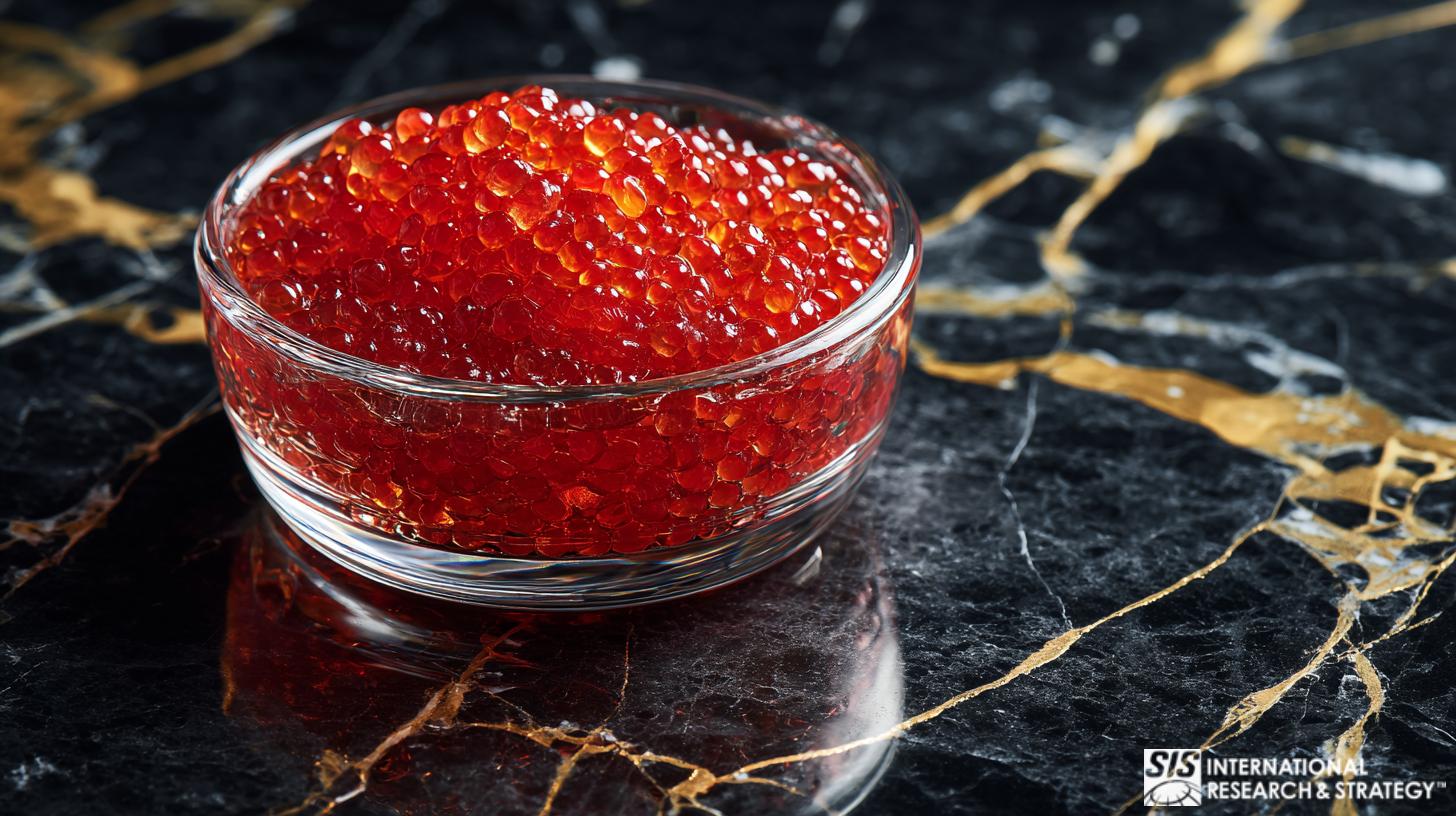
In early 2011, the Russian government ended its ban on caviar exports to Europe.
The Russian government imposed this ban in 2002 in order to stop overfishing and poaching of sturgeon in the Azov and Caspian Seas. During the Soviet times, the main sources of the world’s black caviar, the most coveted type of caviar, were the Azov and Caspian Seas. Concomitant with the economic pandemonium that engulfed the post-Soviet Russia, the Russian caviar market became dominated by poachers and illegal overfishing. From the late 1980s to 2010, the sturgeon population in the Azov and Caspian Seas decreased by about forty times.
Russia may face some challenges in its re-entry to the caviar market.
Russia faces competition from Iran, which emerged as the top exporter of black caviar to Europe during the nine-year period of Russia’s export ban. Israel also exports caviar, selling about 3000 kg of caviar in 2011. Israel, in contrast to Russia, is not limited by internal export regulations, as caviar cannot be sold in Israel due to religious laws. The Russian law only allows 150 kilos of black caviar to be exported annually to Europe. The demand for black caviar is high, and the limited supply of Russian caviar exports may not be able to fully meet this demand, allowing competitors to stay in business. Russia’s nine-year exit from the European caviar market may have allowed competing markets such as those of Iran and Israel to develop loyal relationships with consumers. However, Russian caviar’s historical reputation may help it regain its market share.
Sturgeon farms have emerged in Russia as an alternative to wild sturgeon.
The amount of these farms is expected to rise. As the number of these farms grows, Russia may eventually regain its world market share of black caviar exports. It takes about seven years to raise a sturgeon, and Russian’s nine year ban has provided time to raise new sturgeon. These farms may eventually make up a major source of exported Russian caviar, supplemented by some wild sturgeon-derived caviar. As caviar production shifts to farms and increasingly stringent penalties on poachers decrease illegal poaching of wild sturgeon, these wild sturgeon may be given an opportunity to repopulate and eventually allow Russia to increase its quota on wild sturgeon-derived caviar.
Political tensions may also complicate Russia’s caviar market comeback.
The European Union has regulations regarding aquacultured products, and in past years, the Russian government has refused to sign certain trade agreements. In addition to Russia, Turkmenistan, Iran, Azerbaijan, and Kazakhstan surround the Caspian Sea, which may prevent Russia from fully capitalizing on the sturgeon in the Caspian Sea. Russia has gotten into conflicts with former Soviet republics that have been seeking to re-establish their national identities, and a paucity of agreements among these countries may pose hurdles in the effort to repopulate the wild sturgeon population. The United States may be another potential for Russian black caviar exports, but political disagreements between these two countries may make it difficult for Russia to take full advantage of the U.S. market, allowing exporters such as Israel, which maintains friendly relations with the U.S., to take up more of the U.S. market share.



